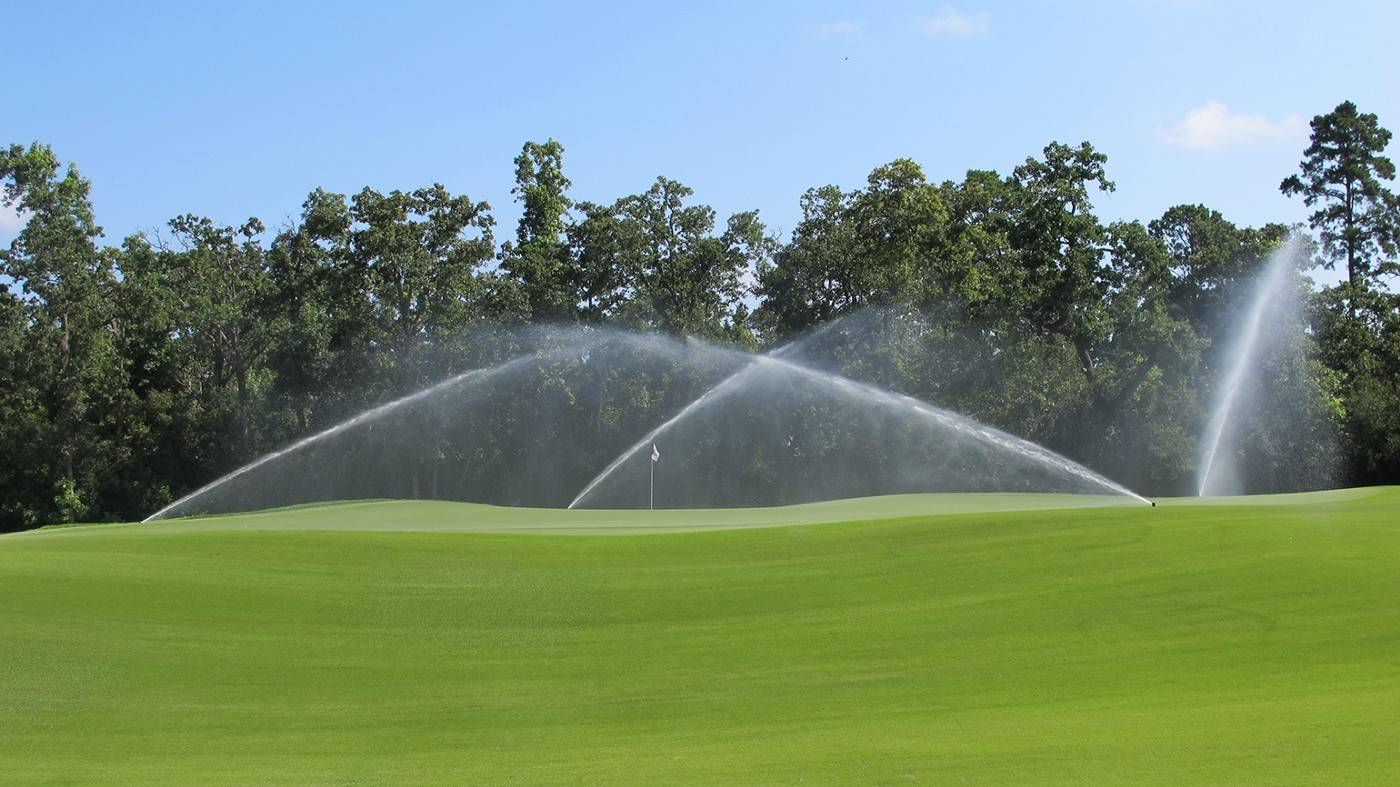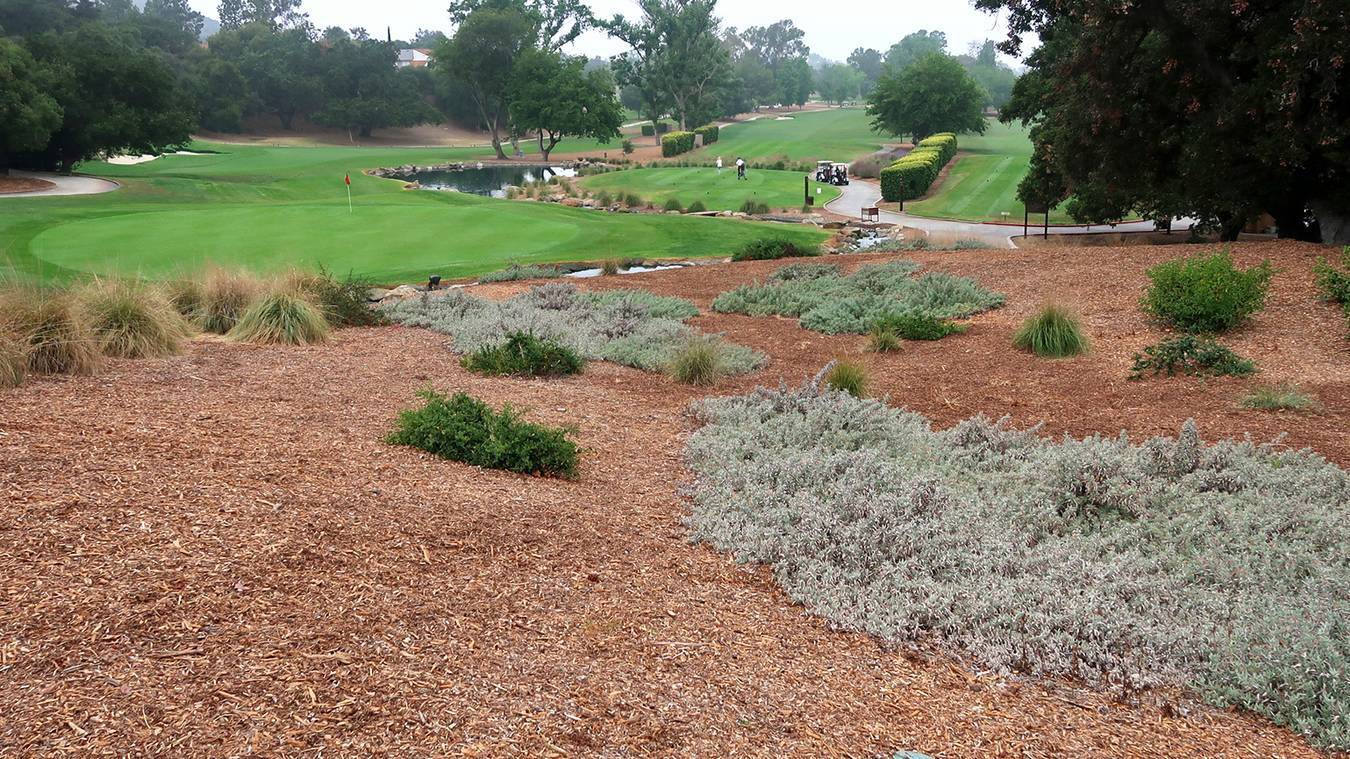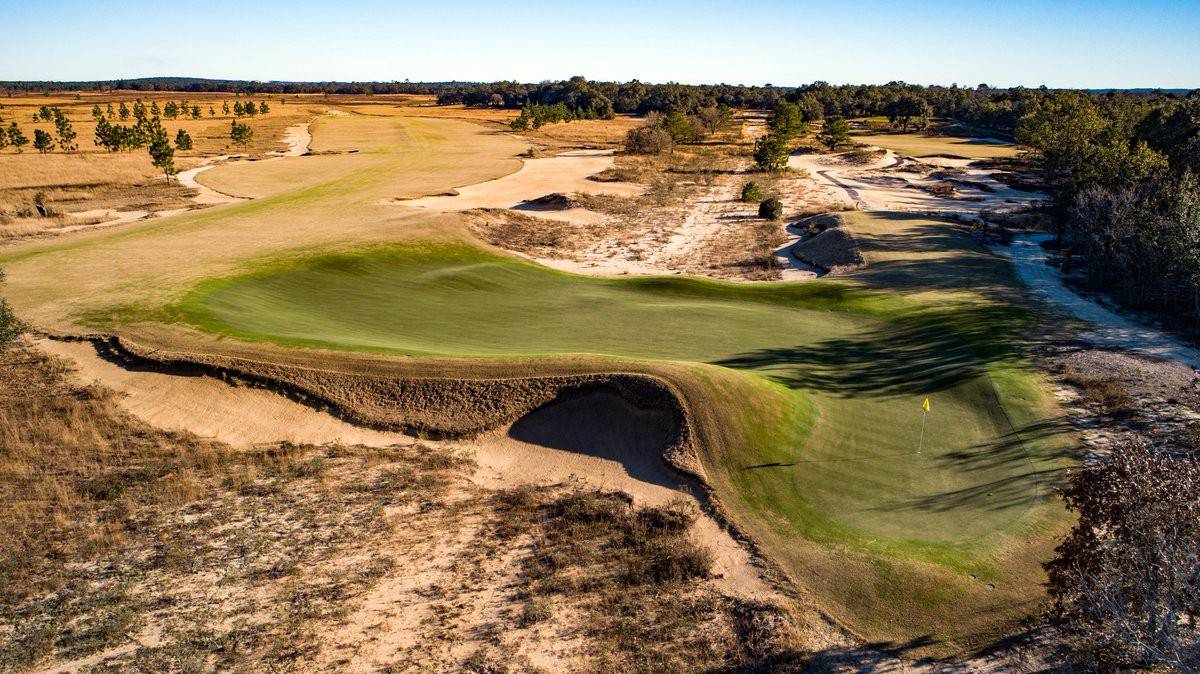
By Julius Oppenheimer
Coming off the COP26 climate summit in Glasgow this past month, global warming continues to be at the forefront of everyone’s minds. This past August, the International Panel on Climate Change released a report stating that humans have already done ‘irreversible’ damage to the planet. However, experts maintain that conservation efforts are not a lost cause, and that global temperatures could be normalized within 20–30 years if proper measures are taken.
The golf industry is something of an easy target for those looking to push conservation efforts forward, which is understandable. Golf courses are notorious for wasting large amounts of water and treating greens and fairways with chemicals to maintain their carpet like appearance.
The negative impact of golf courses is perhaps only half the story. Recent studies demonstrate that they offer promise as green spaces for flora and fauna to thrive in otherwise urban surroundings, and their large, mature trees absorb the CO2 emitted from car traffic. Although it has to be noted that not all golf courses support good biodiversity, and this will be addressed later. As urgency grows amid the conversation about global warming, patience will run thin if the golf industry as a whole doesn’t carry its own weight.
Here are 8 practical steps that golf can take in the short term to improve the sustainability of its courses and secure the future of the game we love for many years to come.
1. Turf Selection
Some types of grass require more labor and water to maintain than others. Zoysiagrass is a particularly resilient turf that is capable of withstanding heat, drought and heavy foot traffic. There’s also Paspalum, a strain of turf known for its tolerance to salt water. This allows courses to irrigate with high salt content ‘brackish’ water that would otherwise be unusable.
2. Much More Mulch
While this may sound obvious, simply reducing the amount of grass on the course can make a maintenance crew’s job a lot easier. Replacing rough with sandy waste areas or mulch is a great way to reduce turf coverage. It has the added benefit of speeding up play because players will spend less time searching for golf balls in the high rough. Using mulch in flowerbeds also reduces water evaporation.

Many courses report 15 to 25 percent less water usage after turf reduction
3. Smarter Irrigation
Advances in technology have allowed irrigation systems to become much more efficient. And while spending money to modernize irrigation may initially be a tough pill to swallow for some, the increased efficiency will result in more money saved over the long term. Modern irrigation systems now benefit from forecasting to avoid over watering when rain is in on the way, as well as built in sensors to monitor soil moisture levels.
4. Artificial Grass
Why not replace tee boxes with artificial turf? The turf found on many driving ranges today allows people to use their own tees, and not having real grass here would make no difference in the playability of the course. With the amount of tee boxes many courses have these days, this could result in a lot of time, money and water saved.
5. Organic Fertilizers
A report done by New York State showed that 52 Long Island golf courses used 50,000 pounds of pesticides in one year, which is 4 to 7 times the amount that traditional agriculture uses. Then, by contrast, there’s Vineyard Golf Club in Martha’s Vineyard, where the board made the decision to have America’s only fully organic golf course. Harmful pesticides were swapped out for natural bio-stimulants and composted fertilizers. Why couldn’t more golf courses do the same?
6. No More Overseed
Many golf courses in the south use the practice of overseeing in the winter months. This is done to provide a green playing surface to please members while the Bermuda grass is dormant and brown. The problem is that over-seeding requires constant watering to maintain. Allowing areas of the course to be dormant for a few months is not an unreasonable ask, as the brown grass is not inherently a worse surface to play on.

Ohoopee Match Club in Georgia, a GOLF.com Top 100 rated course where members embrace seasonally dormant fairways.
7. Invasive Species
The large amounts of green space that golf courses take up can be used as a vehicle for better wildlife management. Clearing out invasive plant species and replacing them with native ones benefits the habitat by keeping soil healthy and preventing compaction. They also they require many less resources to maintain, as they are naturally suited to thrive in the
environment.
8. Do Your Part
Small things can help when they’re done consistently, and by a large amount of people. Golf courses can stop using plastic tees. And how about requiring that all players bring their own water bottles? Making the choice to walk instead of ride gives the golf course a break as well, reducing soil compaction caused by tire traffic.
